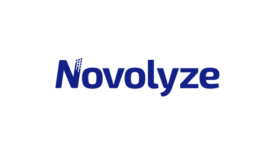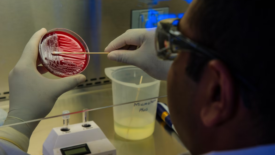Home » environmental monitoring
Articles Tagged with ''environmental monitoring''
Determining Sanitation Effectiveness with a Robust Environmental Monitoring Program
A PEM program should test for a mix of indicator organisms and a mix of pathogens based on product susceptibility and risk
December 11, 2022
Focusing Ahead—Processors' Priorities for the Near Term
Food processors are now focusing on projects and priorities put on hold during the pandemic, including maintaining or adding to food safety certifications
August 15, 2022
Back to Basics
A Perspective from the National Environmental Health Association
Creating an online sharing portal for the food safety community
April 16, 2021
Never miss the latest news and trends driving the food safety industry
eNewsletter | Website | eMagazine
JOIN TODAY!Copyright ©2025. All Rights Reserved BNP Media.
Design, CMS, Hosting & Web Development :: ePublishing












